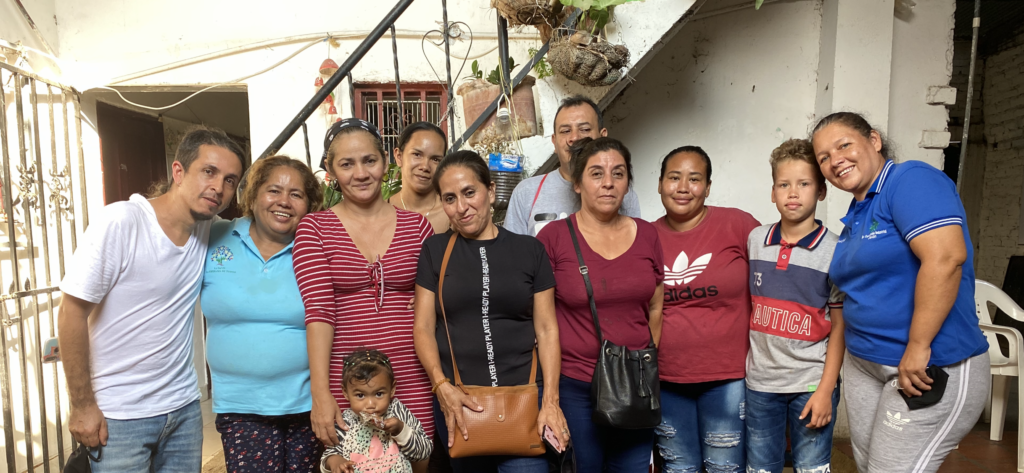Documentaries for Empowerment and Knowledge Transfer

Are we as researchers doing enough to engage with the public and address issues of social justice? Only extracting knowledge from our research subjects and publishing it in high-impact academic journals does not seem to suffice. The impact of our work could increase by collaborating with the communities and producing tools that inspire change. My recent experience of working with women leaders at the border between Colombia and Venezuela on the documentary “Weaving Threads Across Borders” has shown how documentaries could promote social change and empowerment.
The documentary we produced, using the Minga principles, aimed to give local women leaders a voice and raise awareness – and ideally invite reflection and action – among national and international communities on the challenges experienced by inhabitants of the Colombia-Venezuela border.
The film, constructed in three chapters, shows the struggle of three Colombian women living on the border between Colombia and Venezuela, a zone of geopolitical conflict where guerrillas, paramilitaries and the Venezuelan army fight for control of the territory (Figure 1). These three stories illustrate the situation experienced by many internally displaced persons in Colombia and Colombian migrants forcibly displaced from Venezuela.
Despite the generalized violence, the Venezuelan government’s policies of border closure, and the absence of the Colombian state, the women show great resilience and agency to survive with their micro-businesses and weave a social fabric across the two sides of the border.
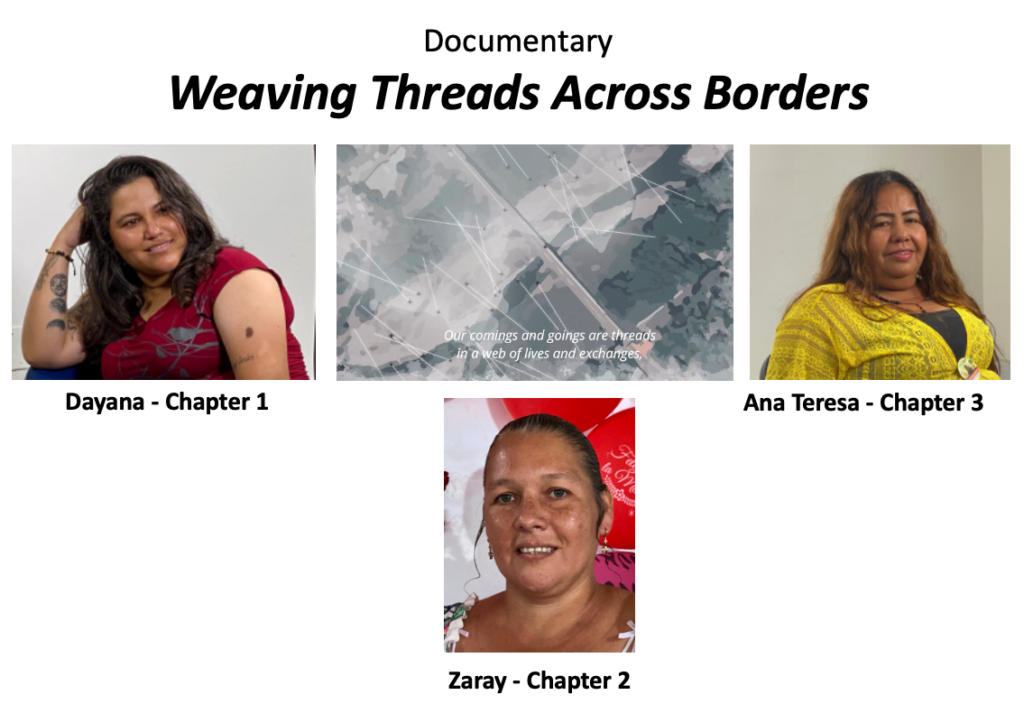
Figure 1. The three protagonists of the documentary, Cúcuta, Colombia, May 2022
The Making of the Documentary
The documentary could be done thanks to the trust-based relationships I have developed between 2019 and 2022 with local residents. In particular, through my partnership with Deredez, an NGO created by its leader Ana Teresa Castillo to protect victims of the border between Colombia and Venezuela (Figure 2). Together, we conducted Minga workshops, which allowed local residents to share their experiences of forced displacement, learn from each other and reflect on future aspirations (Figure 3).
I hired Colombian filmmaker, German Arango from Briosa Films with extensive experience in conflict zones in Colombia, to make the documentary. We wrote the script together and adapted it progressively according to our ongoing discussions with the three local leaders involved. The documentary was funded by the nccr – on the move, and was filmed in the summer of 2022 in different locations of Cúcuta (Colombia) and San Antonio del Táchira (Venezuela) (Figure 4).
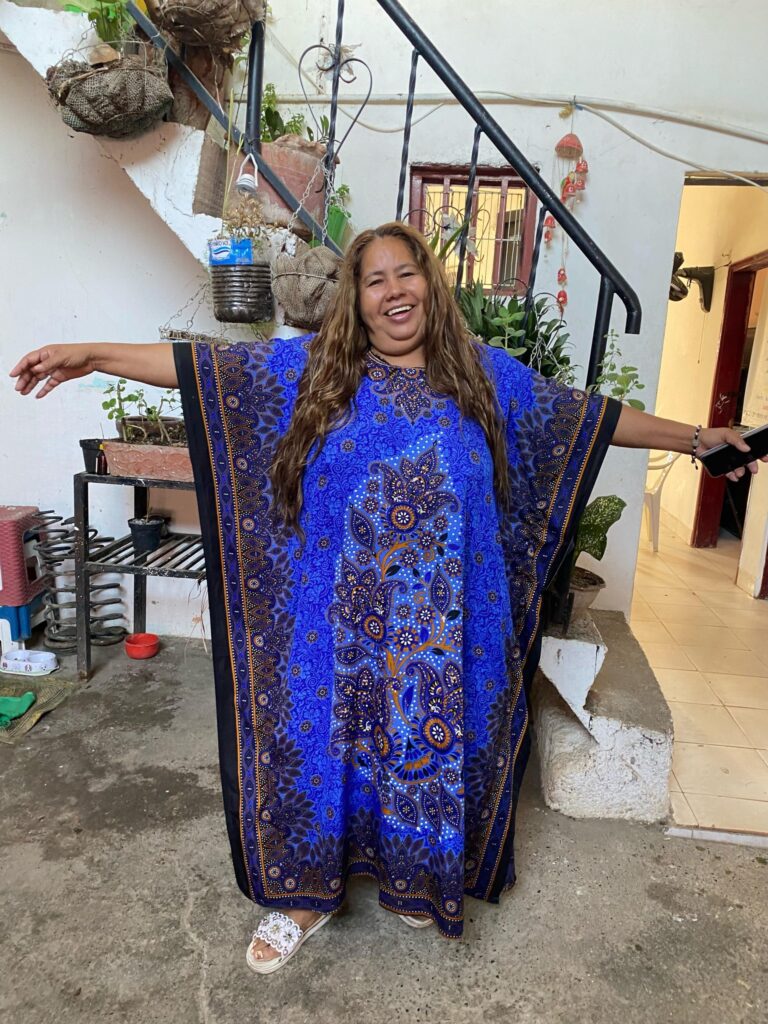
Figure 2. Research partnership with Ana Teresa Castillo, founder and leader of Deredez, La Parada, Colombia, February 2022
Figure 3. Participants of a Minga workshop, La Parada, Colombia, February 2022
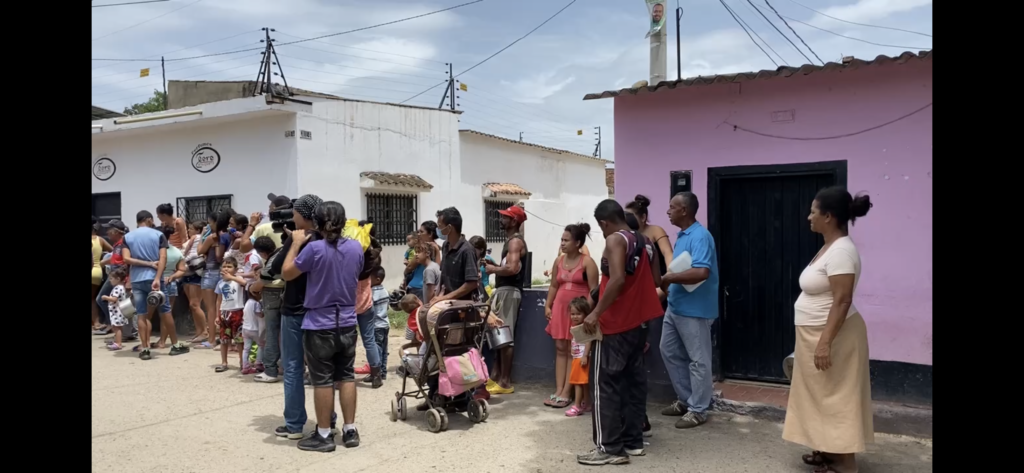
Figure 4. Filming in La Parada at the border between Colombia and Venezuela, May 2022
Ana Teresa Castillo accompanied us every day to film. This was essential to know where we could film, as it is an area of armed conflict with guerrillas and paramilitaries fighting for the territory. The testimonies were recorded at the Francisco Paula Santander University (Cúcuta) to provide the women with some distance from their everyday spaces, thus facilitating personal reflection. Some were initially shy to be on university premises but later gained confidence and appreciated sharing their experiences in a neutral space.
Showing the Documentary
The film was launched at the University of Neuchâtel in November 2022 at a “Creative Knowledge Transfer” event organized by the nccr – on the move (Figure 5). In February 2023, it was also shown in the Colombian cities of Bogotá and Cúcuta. We invited university students, academics, acquaintances, members of local and international organizations and NGOs, Swiss Embassy officials, journalists, and government officials. In Bogotá, the event was held in the Main Auditorium of Santo Tomás University (Figure 6) and in Cúcuta at the Auditorium of the Francisco de Paula Santander University (Figure 7).
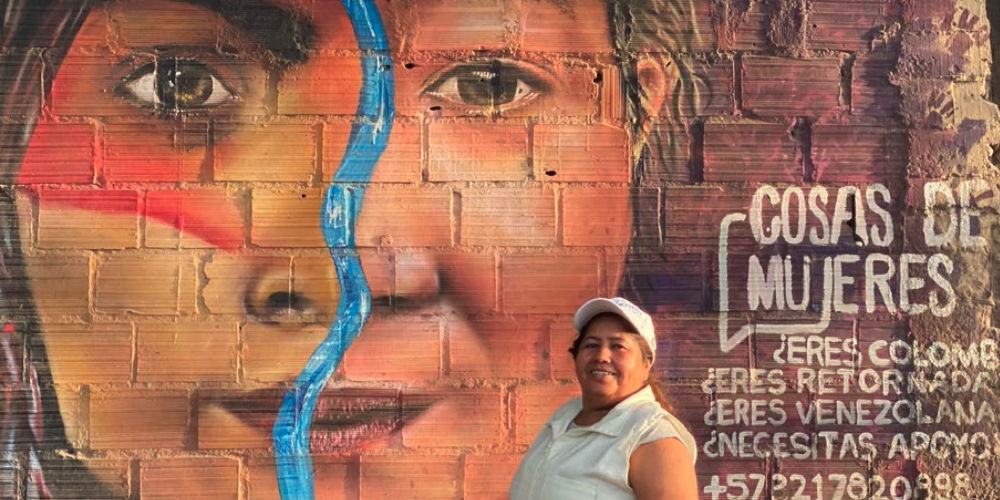
Figure 5. The documentary was launched in Neuchatel, University of Neuchatel, Switzerland, in November 2022.
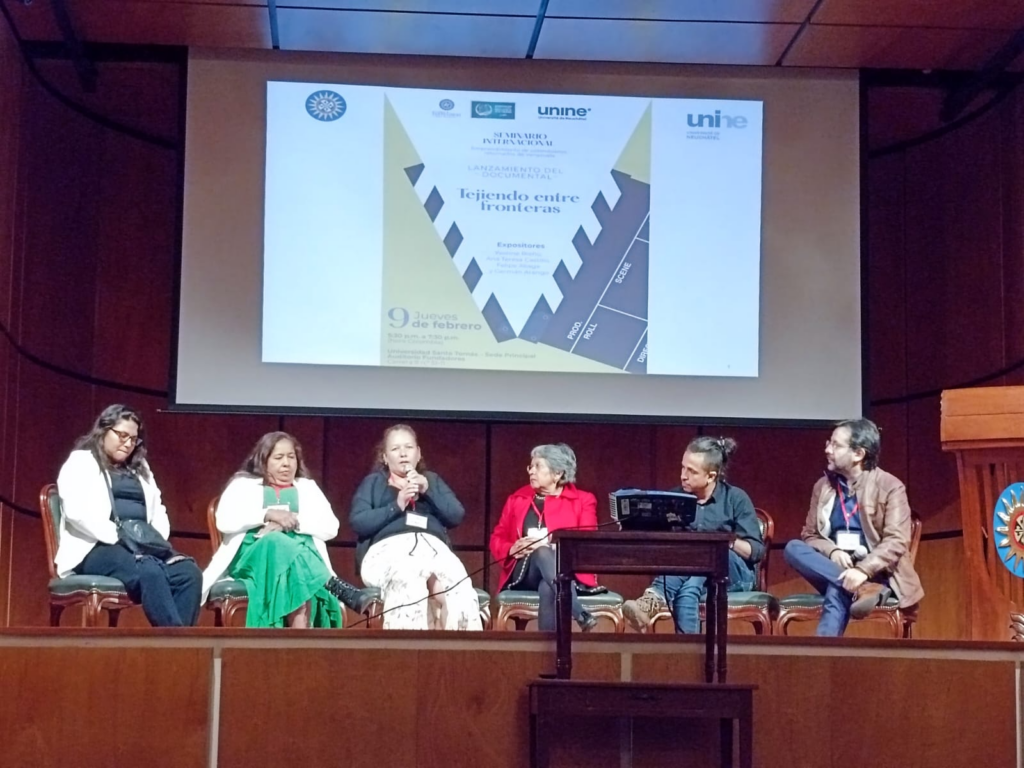
Figure 6. Documentary launch in Bogotá, Santo Tomás University, Colombia, February 2023.
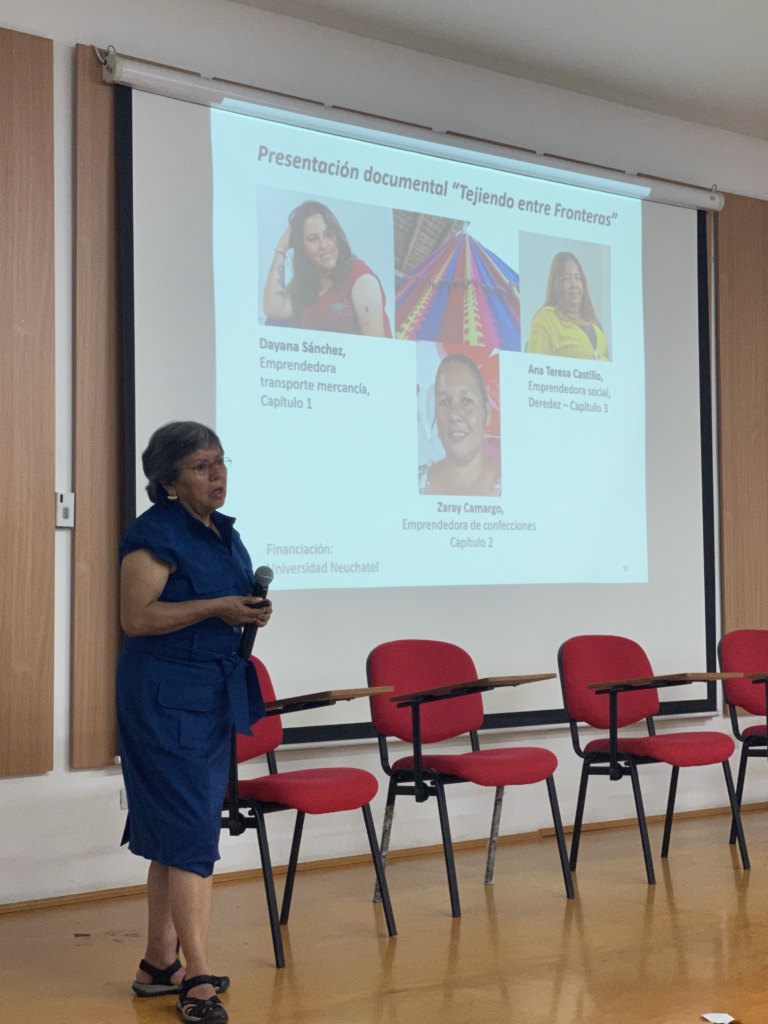
Figure 7. Documentary launch in Cúcuta, Francisco de Paula Santander University, Colombia, February 2023.
The documentary was well received by the public and received extensive media coverage with newspaper articles and a television show. Members of the Swiss embassy attended the event in Bogotá. However, attendance by government officials and members of international organizations was only moderate.
The documentary participants attended both events in Colombia as roundtable contributors. Before the events, we prepared the presentation and possible answers together and, during the questions time, the women took the lead in the discussion. In addition to making their realities known, producing and disseminating the documentary empowered women by allowing them to speak about their experiences, gaining confidence to speak at universities, getting public recognition, and gaining contacts with practitioners and academics. Further, following a documentary screening, Deredez was offered support for a project for children.
One of the participants’ testimony illustrates how participating in the documentary impacted her:
I remembered many moments of my childhood that I had repressed… it was a very nice moment… to understand that I have had to go through many things that I have not wanted and that I have had to get ahead for the welfare of my children, my own, my family…. meeting you, working with you and Luckas was excellent… knowing that I had some spectators there listening to my story. I had to reflect on what is happening here at the border. When it was publicly shown for the first time, I understood that I have two lives… In my personal life, I can be me and cry… But in my work, you have to be strong, you cannot show weakness, I run dangers daily… Also, when I went to Bogotá, I was afraid of what people might think about me… but now I can say that I can speak in front of the public… It was great!
Conclusive Thoughts
Documentaries are a great means to give voice to our research participants, empower them, and make national and international communities aware of mobility realities. Realities that involve deportation, family separation, state violence and sexual abuse, but also women’s resilience and agency.
The challenge remains how to reach a larger audience. More motivation by government officials and international agencies working on migration and human rights to attend scientific knowledge transfer events is also necessary.
Reflecting on the possibilities and challenges academics face in transferring knowledge can open the door for researchers to contribute more decisively to social justice and gain a deeper understanding of contemporary migration and transnational mobility challenges.
Yvonne Riaño is an Associate Professor at the University of Neuchâtel as well as a Project Leader of the nccr – on the move projects on Cross-Border Migrant Entrepreneurship and International Student Mobility Between the South and the North.
References:
-Borum Chattoo, C. (2020). Story Movements. How Documentaries Empower People and Inspire Social Change. Oxford University Press.
-Caretta, M. A., & Riaño, Y. (2016). Feminist Participatory Methodologies in Geography: Creating Spaces of Inclusion. Qualitative Research, 16(3), 258–266.
-Riaño, Y. (2016). Minga Participatory Workshops with Highly Skilled Migrant Women: Enhancing Spaces of Inclusion. Qualitative Research, 16(3), 267–279.
-Schlichting, L. (2015). Transmedia Storytelling and the Challenge of Knowledge Transfer in Contemporary Digital Journalism. A Look at the Interactive Documentary HOLLOW (2012– ). In: IMAGE. Zeitschrift für interdisziplinäre Bildwissenschaft. Themenheft zu Heft 21, Jg. 11 (2015), Nr. 1, S. 81–95.



